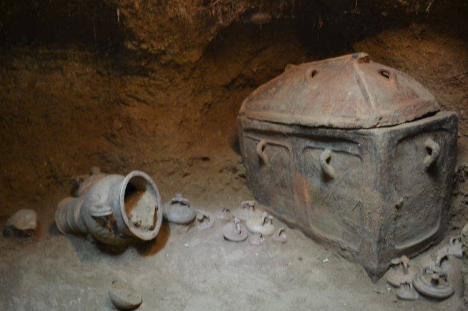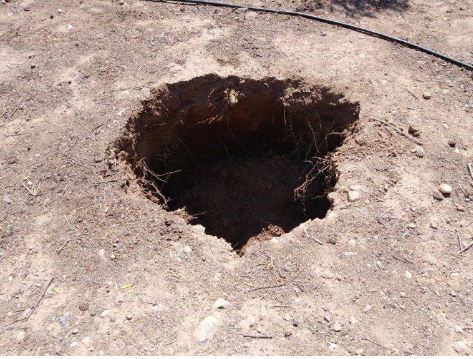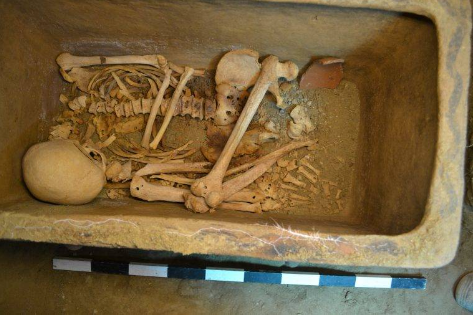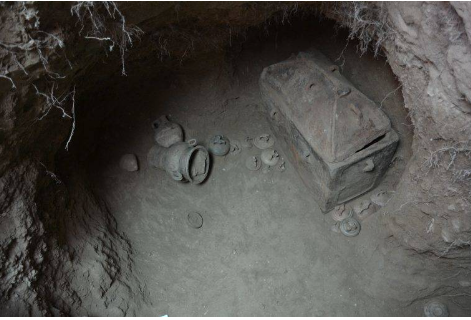
The remains found within the unexplored Bronze Age tomb should provide archaeologists further insight into the enigmatic Minoan society.
A Greek farmer recently unearthed a stunning archaeological discovery, which is a remarkable case of being in the wrong place at the right moment. In an unidentified farmer’s olive orchard close to the Greek city of Ierapetra on the island of Crete, a 3,400-year-old Minoan tomb was discovered.
The farmer was trying to park his car behind an olive tree, according to Cretapost, when all of a sudden the earth beneath him started to collapse.

When the farmer took his automobile out from beneath the tree, he saw that the spot where it had been resting had suddenly developed a massive hole the size of four feet.
The farmer realized he had found something unique when he peered inside the hole. He requested an investigation from the local ministry of heritage, Lassithi Ephorate of Antiquities.
The hole was dug by the ministry’s archaeologists. The next discovery they made was extraordinary.
The three-sectioned pit measured around four feet in width and eight feet in depth, and it was clearly a tomb.
Archaeologists found a coffin and other relics in the first section. A second coffin, fourteen Greek jugs known as amphorae, and a bowl were found in the niche beyond.
The style of the coffin that the scientists discovered led them to conclude that the tomb belonged to the Minoan and Bronze Age, according to Smithsonian.com. Despite their great age, the artifacts—funeral vases and the two coffins—were in good condition.

Only after thousands of years of wear and tear did the stone wall surrounding the tomb weaken to the point where the farmer’s car’s weight caused it to collapse.
“A broken irrigation tube and the watering of the olive trees in the area were the causes of the soil retreat,” Argyris Pantazis, Ierapetra’s Deputy Mayor of Local Communities, Agranian and Tourism, told Cretapost.
“The ground had partially retreated, and it completely retreated when the farmer attempted to park in the olive’s shade.”
Pantazis added that the tomb is a perfect place for archaeologists to learn as much as they can about the two individuals buried there and life in the Minoan society because it has been protected from robbers for millennia.

The skeletons, according to Forbes, are from the Late Palace Period, or Late Minoan IIIA-B period in archeological chronology.
The Minoan civilization and way of life remain largely unknown to us, with the exception of their intricately designed palace complexes, which are included in classic stories such as those involving Theseus and the Minotaur.
It is also thought by researchers that a series of devastating natural calamities is what ultimately brought the Minoans to an end. The majority of other Minoan historical elements are still unknown.
Archaeologists expect that additional examination of the bodies and items in the Crete tomb will help them solve certain mysteries and provide answers regarding the enigmatic Minoan civilization.
